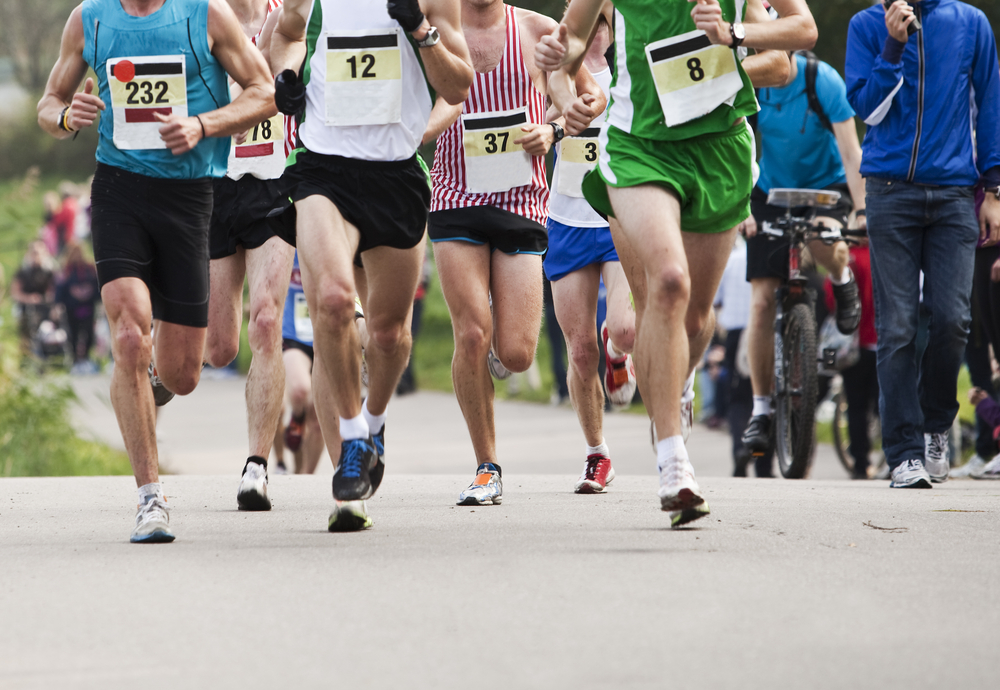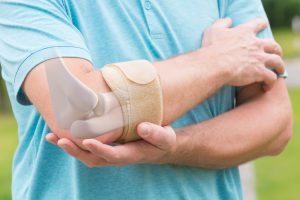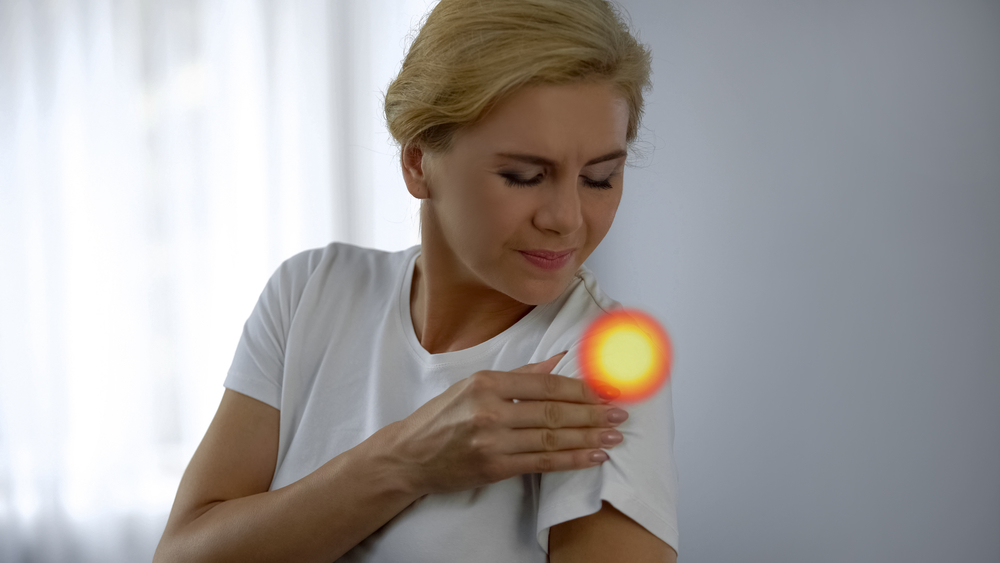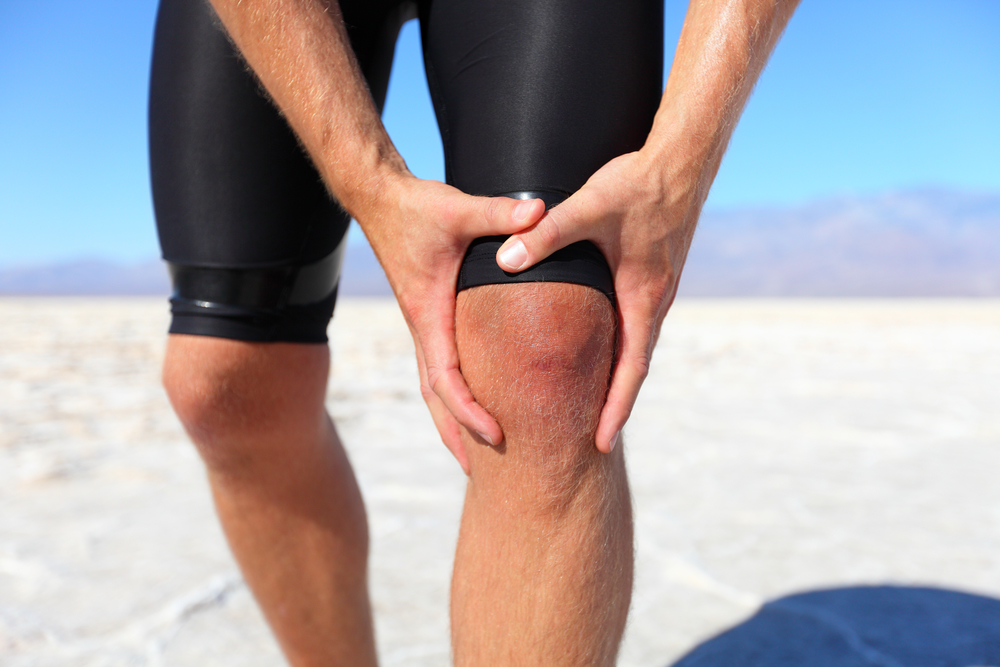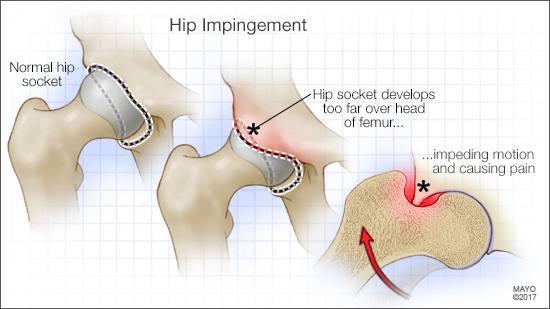
Femoroacetabular impingement- what a mouthful! Really, it’s just a fancy name for when your leg bone or your femur impacts with your hip bone or your acetabular. This occurs because the hip bone or femur is an irregular shape and not smooth causing the joint to impinge.
Normally your hip bone is the socket and your femur is the ball, fitting perfecting together. However, in individuals with FAI, because of the irregular shape the joint is no longer a perfect fit, causing pain when moving the hip.
People can have FAI all their life and not be symptomatic, however sometimes due to overuse or muscle in balance, symptoms start appearing. These can include hip and groin pain on certain movements as well as clicking, pinching and restricted range of movement.
FAI can be diagnosed by a physiotherapist in conjunction with MRI images to confirm the type of FAI present and thus determine how to manage it. Sometimes it can be conservatively managed through rest, avoiding aggravating factors and hip strengthening to help support the joint. However, in other cases, surgery is needed to alter the shape of the joint and prevent any further complications from constant impinging. After surgery, a strengthening program prescribed by a physiotherapist is essential to return to sport and everyday activities.
Early diagnosis and intervention is the key, so book an appointment today at Capital Physiotherapy and we can have you back to doing what you love in no time! You may make an online booking or email us at info@capitalphysiotherapy.com.au.


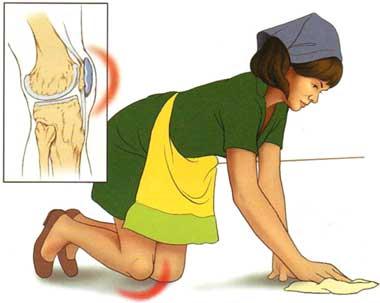 What a funny name for an injury! But what is it?
What a funny name for an injury! But what is it? 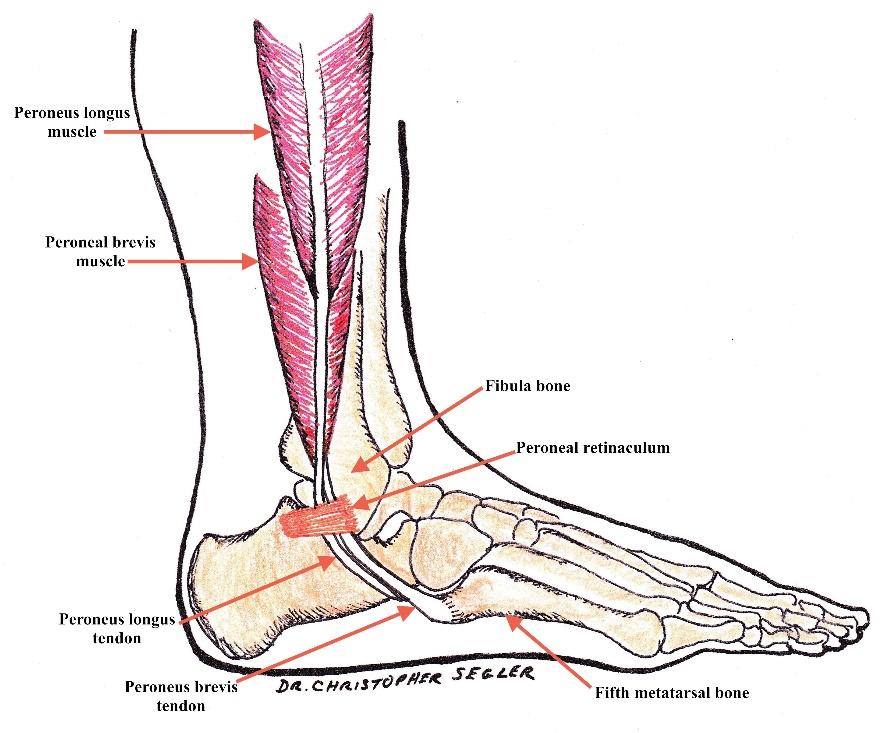
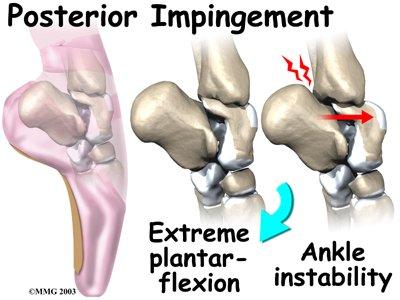 Posterior ankle impingement is a very common injury in dancers that can be managed and treated by physiotherapists. It is caused when the ankle joint is constantly forced into excessive plantarflexion or pointe, thus why its common in ballerinas who dance in pointe shoes. The bones at the back of the foot impinge and compress the tendons and muscles in this
Posterior ankle impingement is a very common injury in dancers that can be managed and treated by physiotherapists. It is caused when the ankle joint is constantly forced into excessive plantarflexion or pointe, thus why its common in ballerinas who dance in pointe shoes. The bones at the back of the foot impinge and compress the tendons and muscles in this 